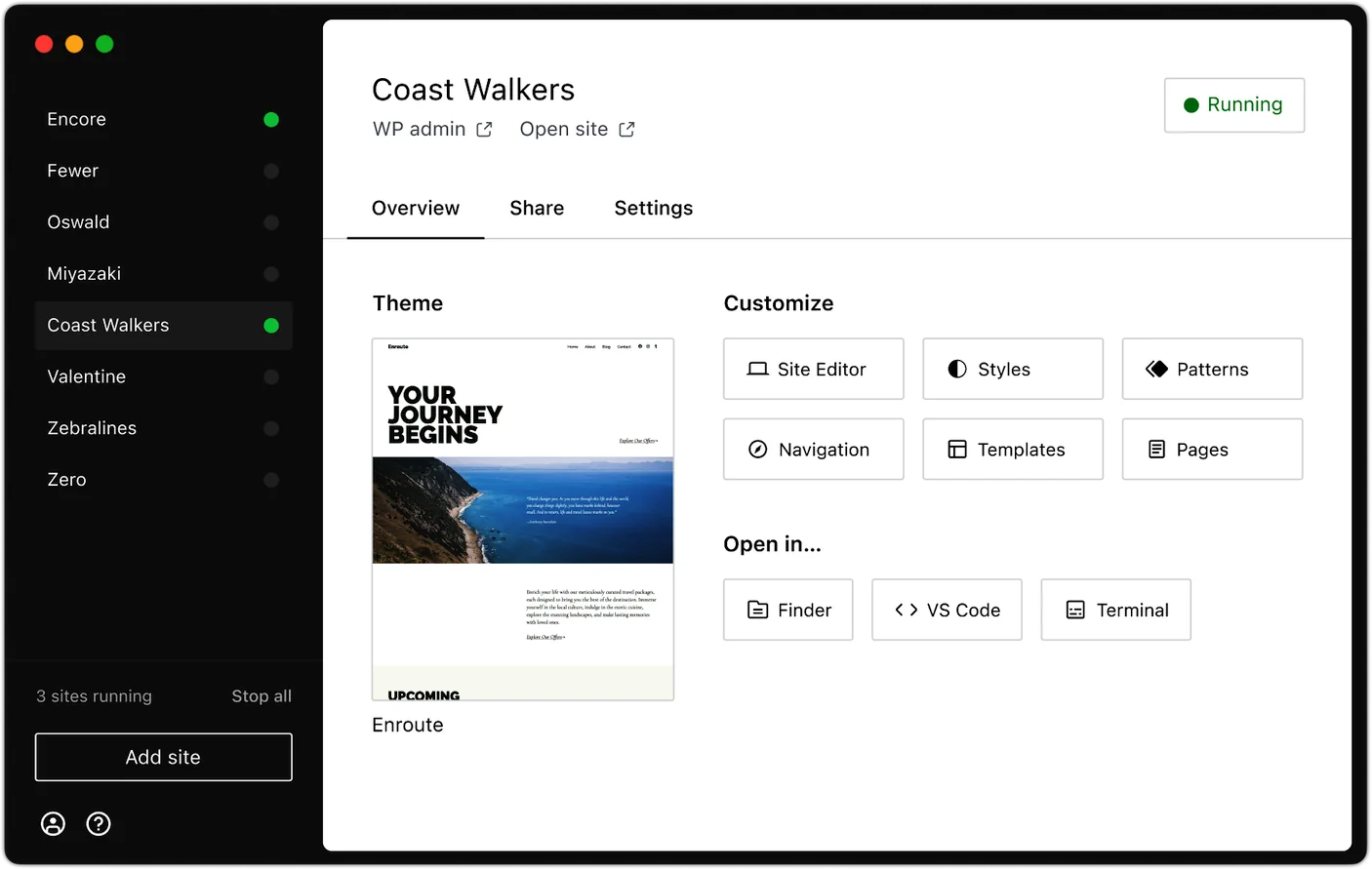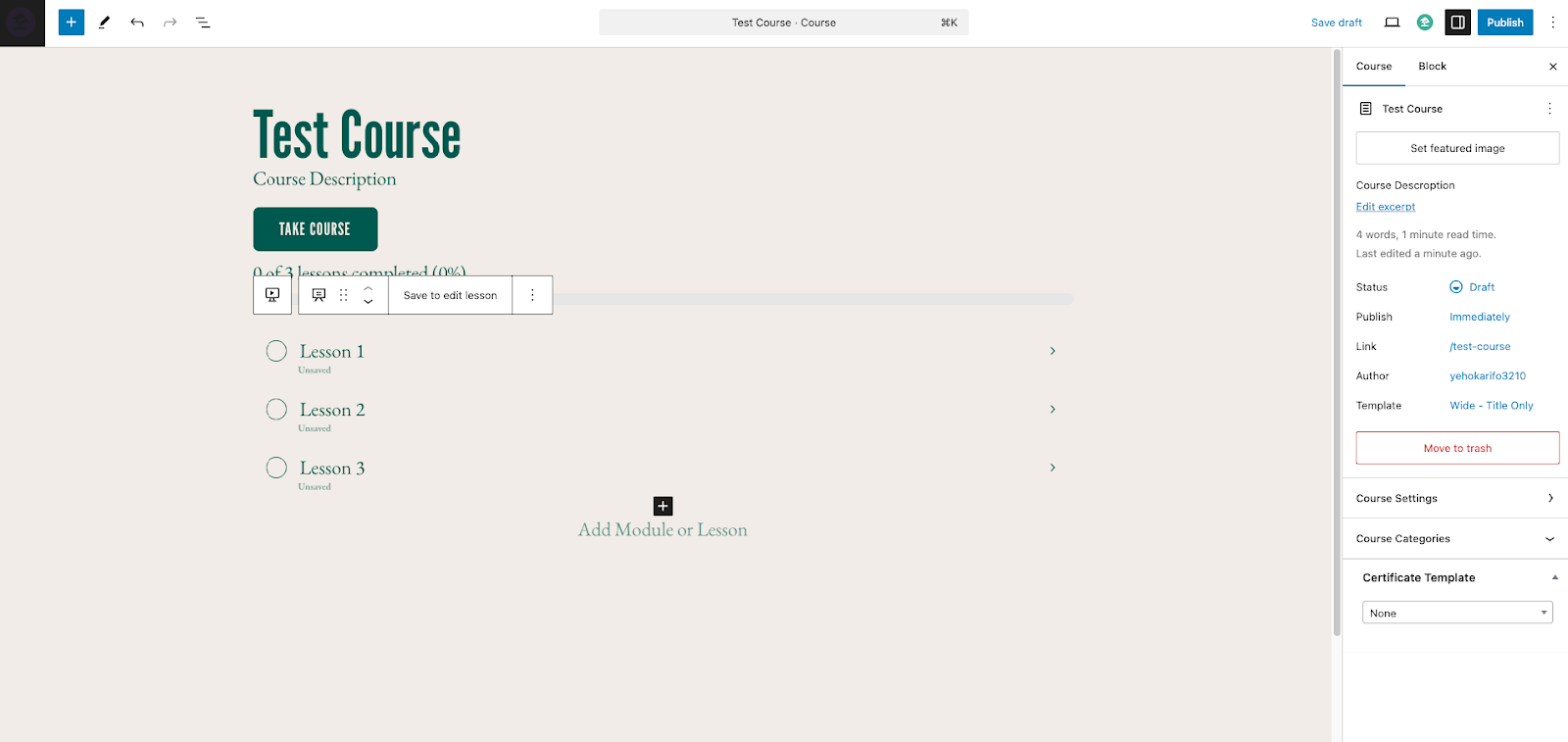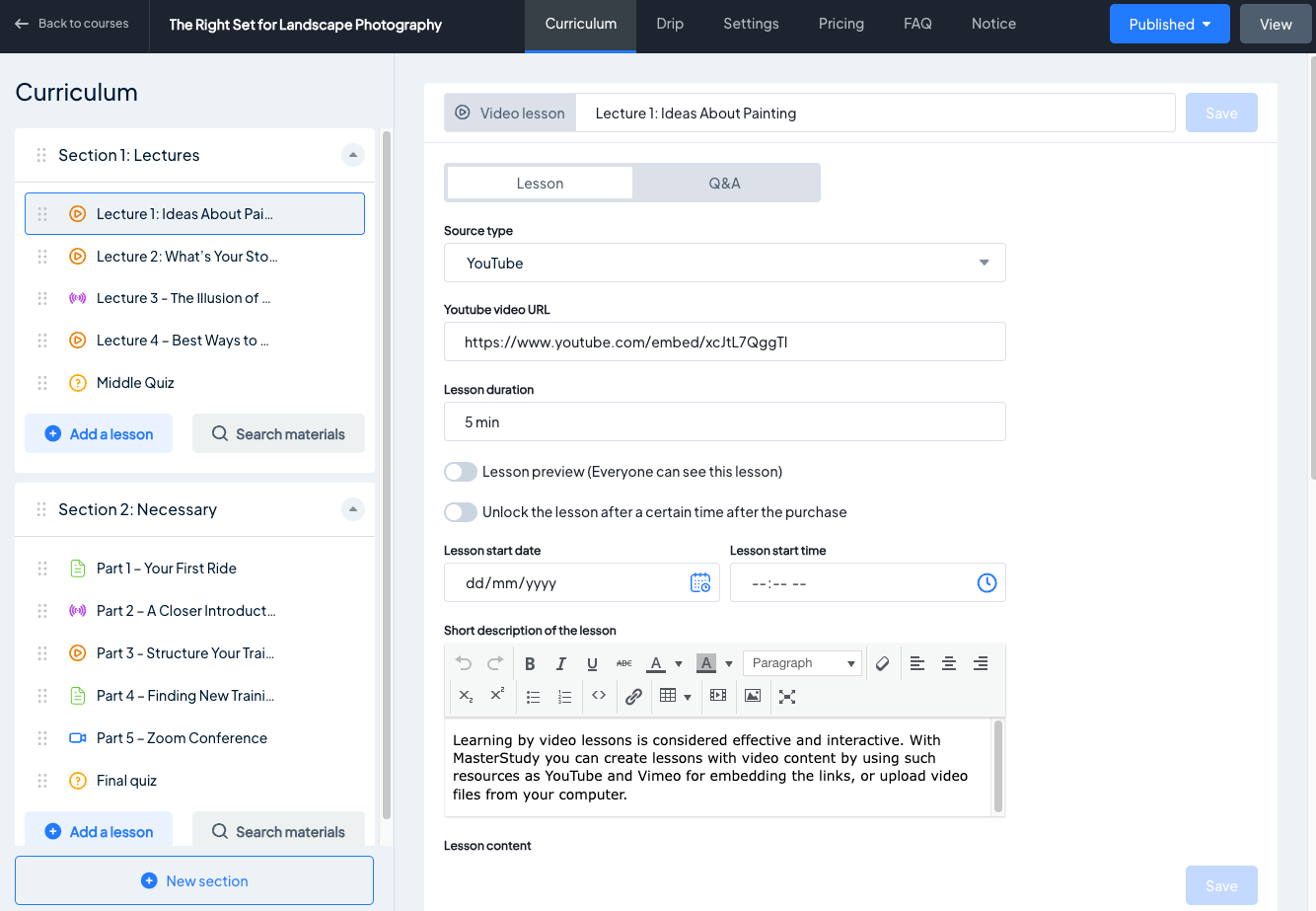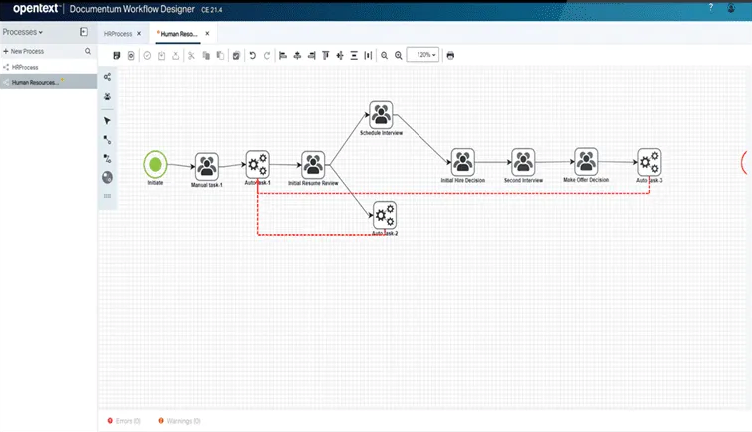We Need To Think More About Publication Workflows in WordPress
In business, workflows are pathways to get jobs done quickly and accurately. They streamline processes through standardization, consistency, and the use of automation. AI is helping with the latter as tools embrace Machine Learning models.
I’ll add this too: workflows are part of a culture of efficiency helping smaller businesses and agencies drive better commercial and operational outcomes. An example is the agency that has productized services into streamlined, repeatable processes.
Workflows are not strangers in the world of WordPress but exist mostly within the more disciplined approaches developers take when building websites and products. They are spoilt for choice when it comes to tooling, many of which plug into WordPress itself. An example of this is the recently launched Studio for WordPress.com.

Source: WordPress.com
What I am focusing on here, though, is about getting content ready and live. From idea to posted blog or page, and all the steps in between. Publication workflows that help deliver quality content quickly and accurately, reducing the time people spend on the process to maximize returns.
Before I argue that WordPress doesn’t do a particularly good job at this, and why it’s important, let’s define what a publication workflow is.
What is a Publication Workflow and What Does It Look Like?
I’ll start with an example going back 20 years when I worked for a bank. As part of the migration off Dreamweaver, a popular website builder at the time, and onto a CMS called Documentum, we created several workflows for Business Content Authors sitting in various business units to own and public content.
One of the ‘content types’ was Procurement Notices, which were all formatted the same way. The workflow was designed so the author would have to complete the various ‘blocks’ of content across a series of steps.

This approach worked because it allowed authors to focus on one piece of content at one time, get it right, and then move on to the next. This also allowed us to include instructions and guidelines for each step. Compared to using Dreamweaver, which everyone hated, the speed and accuracy of the process increased dramatically. The CMS wasn’t the author’s worst enemy anymore.
The workflow above is typically referred to as a ‘multi-step workflow, or a ‘staged publishing process’. It’s not the only type, of course. The best workflow for the job depends on the type of content that needs to be published, as well the source (eg. information pulled in from third-party systems), as well as the skills and abilities of the end users. AI is creeping into the process too.
Publication workflows are not only about completing a series of steps towards publication. They also need to ‘communicate’ their status, allow and facilitate collaboration, and report back on KPIs so that they can be improved.
UI plays an important role in making it as easy and intuitive for users to get the job done.
WordPress Needs a More Sophisticated Publication Workflow Engine
WordPress has greatly changed over the last years but the publication workflow has stayed the same. I’m not sure you can even call it that, as it’s just about working on a single page and its three statuses: Draft, Pending Review, and Published.
Thinking about the publication process from an author’s perspective, how clear is it as they navigate all kinds of UI elements and labels? Plugins adding their elements adds to the confusion.
The question on most people’s minds: has Gutenberg helped make publication easier?
Given it remains quite unpopular, I would argue that it has failed, at least thus far, to improve the publication process. If the Classic Editor is confusing because of the myriad of fields and labels, the Block Editor is hard to figure out because you’re presented with a blank canvas and asked to learn a whole set of new tools to format text and lay content out.
Last year I was looking for an LMS to use for a project and tried out Sensei LMS, which is block-based. I gave up after 5 minutes. I found it near-impossible to understand the relationship between courses and their lessons, as I was trying to create the latter, and what the next steps were. Sensei LMS has created a publication workflow to fit the Gutenberg model, and not what works for instructional designers. It’s not their fault, of course. Gutenberg doesn’t offer a workflow designer tool.

Source: Sensei LMS
There is a strong argument for WordPress not offering a workflow function out of the box: it’s up to the ecosystem to fill the gap. Some have done already:
- Oasis Workflow by Nugget Solutions Inc. offers a Visual Workflow Designer
- PublishPress offers several plugins that transform WordPress in a professional-grade newsroom
- Multicollab has built powerful collaboration features for editing content
However, they all rely on the existing WordPress’ ‘‘one pager’ content publication model. None have gone a step further to offer a different publication experience for the content development stage.
Well, some have done so quite well by replacing WordPress’ UI completely. Have a look at Stylemix Theme’s interface for course and lesson creation. It looks like another CMS altogether, and if you compare it to Sensei LMS, it’s a much more logical, well-laid-out out, and meaningful UI.

I believe that this level of flexibility and customization is why WordPress has been so successful over the years. For every 10 plugins that do that same thing, there are 5 that do it well and 2 that do it better than some proprietary SaaS tool.
However, workflows are foundational. They should have been included in Gutenberg’s roadmap, perhaps part of the second Customisation phase.
How About a WordPress WorkFlow Designer?
It would help the platform’s usability, address many of Gutenberg’s shortcomings, and open up some opportunities too. A couple of ideas off the top of my head:
- Being able to design any kind of publication workflow, across different Custom Post Types (CPTs) and taxonomies
- Admin workflows that don’t necessarily end with the content being published
- E-commerce workflows to automate or semi-automate inventory management
- A directory or marketplace for the above
- Acting like Zapier, so connecting all kinds of internal and external systems and data sources
So, not only benefits publication, but adjacent functionality workflows relating to data, integrations, communication, and so on.
A Workflow Designer could look similar to Documentum’s version, where a process can be mapped out visually. In a similar way to how you can create automation in Email Marketing platforms.

Source: OpenText
Publication Workflows and Page Builders
It’s fair to say that page builders are as limited as WordPress Core is. However, they typically address specific use cases.
WPBakery was created to allow non-technical folks to build and manage content as easily as possible, without risking breaking layouts.
While there is no dedicated publication workflow function, the wireframe-like interface of the Back End Editor and the ability to drag and drop content elements make creating and updating pages super simple. Compare this view to that of the Classic Editor or even Gutenberg to understand why businesses and agencies still prefer WPBakery after all these years.
Enhancing the experience is the option to switch to a more visual Front End Editing view.

Another important feature is that WPBakery works with CPTs too. That is, dynamically populate content elements of a template from fields you’ve created using a tool like ACF. So, separating content from design is useful for content that needs a standard layout such as blog posts, news, or procurement notices, as mentioned in my example at the start of this post.
What about more visual page builders like Elementor, Bricks and Breakdance? They are great tools for designers who are used to software like Figma and Sketch. However, once a website is handed over to a business user, the learning curve is high.
So, we can say that page builders are more building than publication tools, with some overlap between the two. Should the scope be extended to the latter too? Perhaps. That would be a big development piece for a function that should be part of the core.
We Need to Think More About Publication Workflows
I see the lack of publication workflows in WordPress as a big limitation, which is why I’m quite critical about it. Sure, we can create them using a bunch of tools and documentation. However, creating and maintaining a system represents an additional cost.
There’s a reason why we see this functionality in the Enterprise CMS space, and I would argue that WordPress needs it too for the same reasons: making the platform much easier to use for non-technical users.
A WordPress Workflow Designer would be a big differentiator too, helping it position itself as more powerful and Enterprise-like than Wix, Weebly, and even Shopify. I don’t think the new Drupal CMS offering includes anything like it, but they have made their platform a much more attractive proposition.
This is food for thought for the rest of the ecosystem too, including page builders like our own that provide the UI and tools for content pros to use every day.